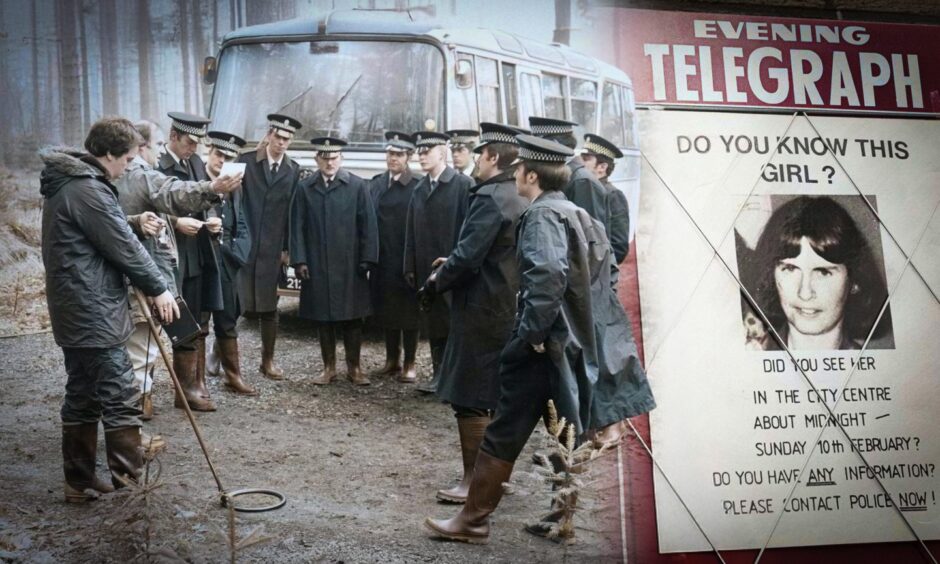
It was an unusually cold day in the streets of Dundee in February 1980 when the phone rang in The Courier newsroom.
The caller was Mrs Ann McCabe from Lyndhurst Avenue in Lochee.
She was desperate to seek the newspaper’s help in finding her daughter Elizabeth, who had gone missing after leaving a Dundee nightclub a few days earlier.
Elizabeth was the oldest of Ann and Jim McCabe’s four children and there was no logical reason why their “home-loving” daughter should have disappeared.
Elizabeth McCabe was found dead in 1980
She had a good relationship with her parents, enjoyed her job as a nursery nurse, and was looking forward to her 21st birthday in less than a fortnight.
The Courier published articles about the absence of Elizabeth from her home and later printed missing posters which were displayed around the city.
The family’s worst fears that day were to become a reality.
On February 26, Elizabeth’s body was found within fir trees in Templeton Woods.
She was naked but for her blue jumper, which had been draped over her shoulders.
Ominously, the find was made 150 yards from where the body of Dundee teenage mother Carol Lannen was discovered just 11 months earlier.
And, like Elizabeth, she appeared to have been strangled.
A manhunt began for a murderer.
As darkness fell on Sunday March 2 1980, police reconstructed the last known movements of Elizabeth.
At 7.30pm she met a friend outside the Trustee Savings Bank in Albert Street.
The two girls visited several bars, including the Hansom Cab, Glamis Lounge and Kings Lounge before ending up at Teazer’s nightclub on Union Street.
At 12.30am, Elizabeth left the club and vanished into the night.
One theory was that she had entered a car thinking it was a taxi.
Police questioned over 700 taxi drivers operating in the city and they also interviewed members of the public in the city centre at the time of her disappearance.
A former Dundee taxi driver stood trial
The case had a lot of intriguing features.
Her clothing and handbag were later found in three different parts of the city.
District Councillor May Barrowman, set up a reward fund to encourage anyone with information leading to the conviction of the killer to come forward.
With no leads, the Dundee Appeal fund was closed at £5,000.
The money was returned to donors.
In September 1980 a pile of yellowing newspaper cuttings about the murder were found in the boot of a red Ford Escort car found abandoned on the city outskirts.
But that, like other leads, quickly evaporated.
The trail remained cold for more than a quarter of a century.
Then, in July 2005, police swooped on former Dundee taxi driver Vincent Simpson’s English home and he was arrested and brought north to stand trial.
He was acquitted after a seven-week trial in 2007 at Edinburgh High Court.
The case remains open.
The police evidence vault includes 772 productions, 3,184 statements obtained during the investigation and 1,311 questionnaires that were completed.
Murder still baffles experts after 45 years
One person who believes that it is unlikely her killer will ever be caught is Alexander McGregor, former Courier chief reporter who worked on the case at the time and who wrote extensively about it in his best-selling book The Law Killers.
“It was baffling at the time and it’s just as puzzling now,” he said.
“Seasoned detectives were split between thinking Elizabeth had been killed by someone she knew – perhaps a boyfriend of sorts – or a stranger, like taxi driver Vincent Simpson who ultimately stood trial for her murder but was acquitted.
“Then there is the possibility that, given the similarities in the cases, she had the same killer as Carol Lannen, 11 months earlier.
“That opens the door to it perhaps being Andrew Hunter, the depraved social worker who strangled his wife and left her body in woods.
“He, in my opinion. emerged as a very plausible suspect for Carol’s murder.”
Hunter died of a heart attack in Perth Prison in 1993.
The Carnoustie social worker strangled his pregnant wife Lynda with a dog lead then concealed her body among trees in Melville Lower Wood in Fife in 1987.
Officers contaminated their own evidence
“Some of these varying factors makes the chances of a fruitful detection all these years later highly improbable,” said Alexander.
“But far more damaging to the chances of a successful prosecution was the outcome of the Vincent Simpson trial in 2007, some 27 years after the discovery of Elizabeth’s body.
“His all-Dundee defence team brilliantly demolished the Crown case, which was largely based on DNA evidence.”
He said they showed that dubious police work had created the possibility of cross contamination with other unconnected samples, meaning the new, supposed breakthrough DNA evidence was effectively worthless.
“There are likely to be further advances in DNA science and these could lead to detections in a number of cold cases,” said Alexander.
“But nothing will ever change the poor police procedures of 45 years ago when officers, unaware of what lay ahead, innocently contaminated their own evidence.”
Alexander also believes there are other compelling reasons for thinking Elizabeth’s killer will never face justice.
So many suspects would present challenge
“In addition to dismantling the Crown’s strongest hope of a conviction, Simpson’s team also presented the jury with a list of 13 other people who might have been responsible for Elizabeth’s death,” said Alexander.
“That would certainly have raised a variety of doubts in the minds of those trying to decide the case.
“In the unlikely event of a new suspect being arrested, the first thing anything a self-respecting KC would likely do is to tell the jury that many years earlier the Crown had been convinced Vincent Simpson had been responsible.
“Then they would also probably add Andrew Hunter’s name to the list of alternative suspects.
“Having being forced to admit that their earlier storage of DNA-linked productions was not fit for purpose, any new evidence along those lines would quickly be discredited.
“One way or another, any prosecutor would face a monumentally uphill task of persuading a new jury that they had at last got their man.”
Elizabeth’s family acted with great dignity
Alexander said the simple passage of time was another barrier.
“Many of those connected to the case who might have been witnesses or who could have emerged as a suspect, including Andrew Hunter, have died,” he said.
“That factor becomes more significant with every passing day.”
Alexander had contact with Elizabeth’s family at the time of her disappearance.
He said he has never forgotten how concerned they had been when she inexplicably did not return home from her night out.
“Everything pointed to a sinister reason,” he said.
“At the time we were probably more fearful than the police about what had happened.
“In fairness, however, they could really only view the case as a missing person.
“Throughout it all, Elizabeth’s family conducted themselves with great dignity and did everything in their power to, first of all, find her, then assist in catching her killer.
“It is very sad that they have never had the justice they and Elizabeth deserved.
“It is even sadder that they are unlikely now to ever get it.”
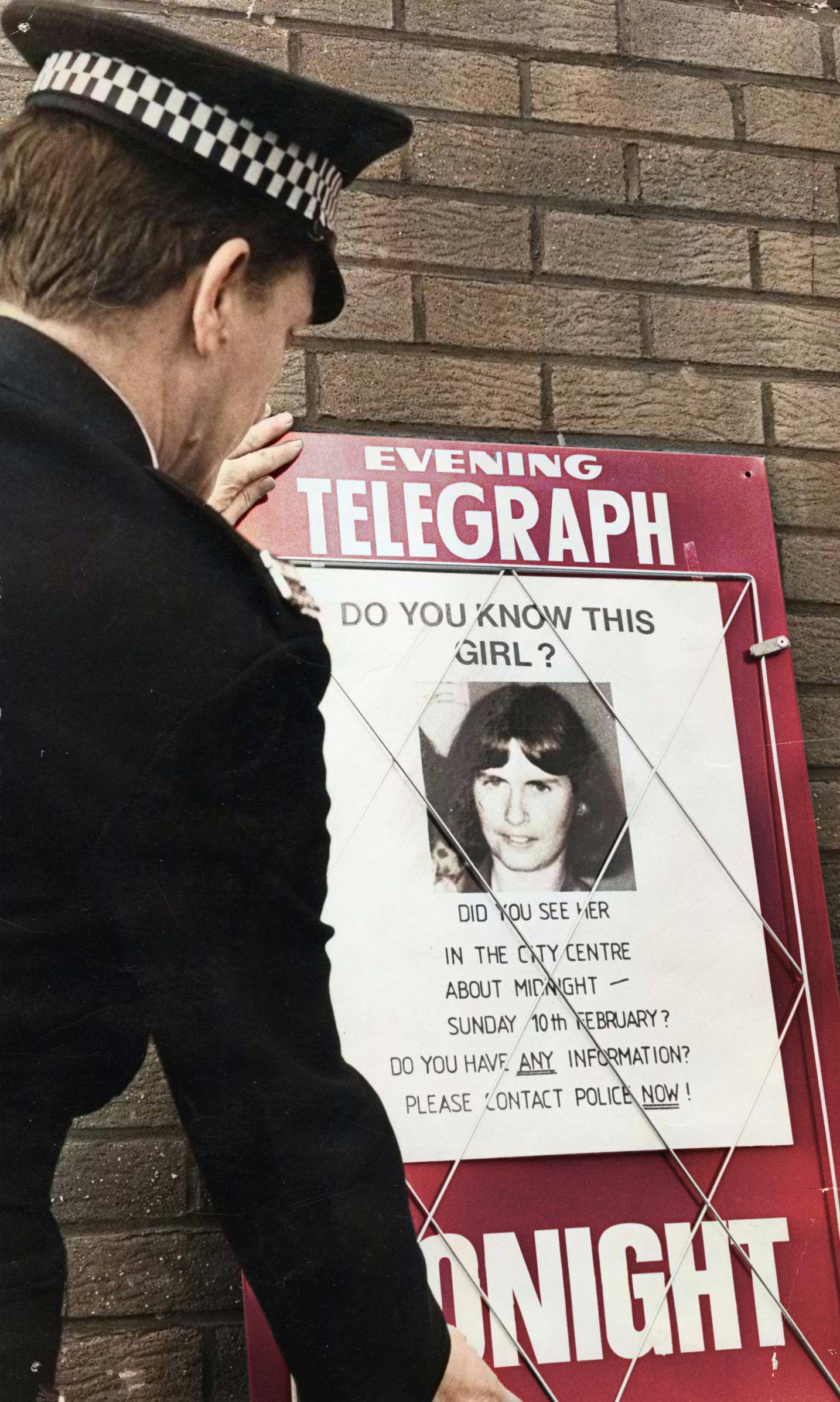
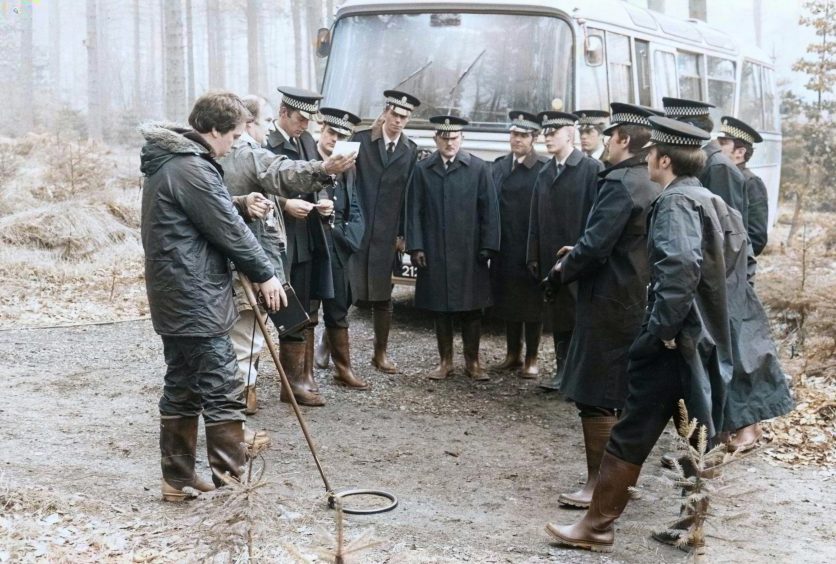
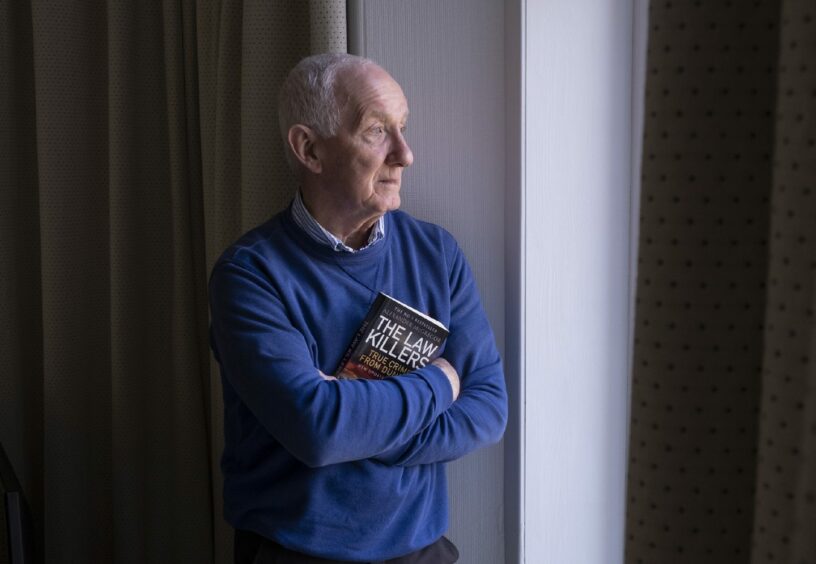

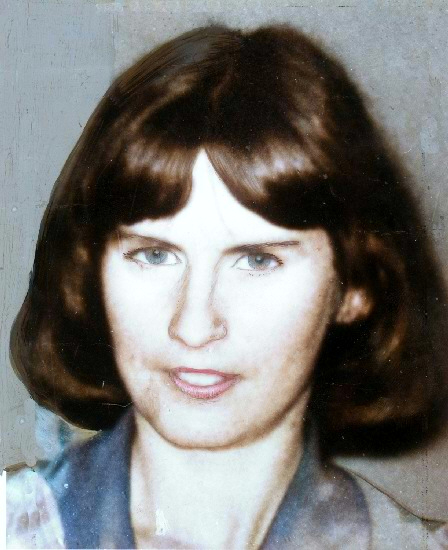
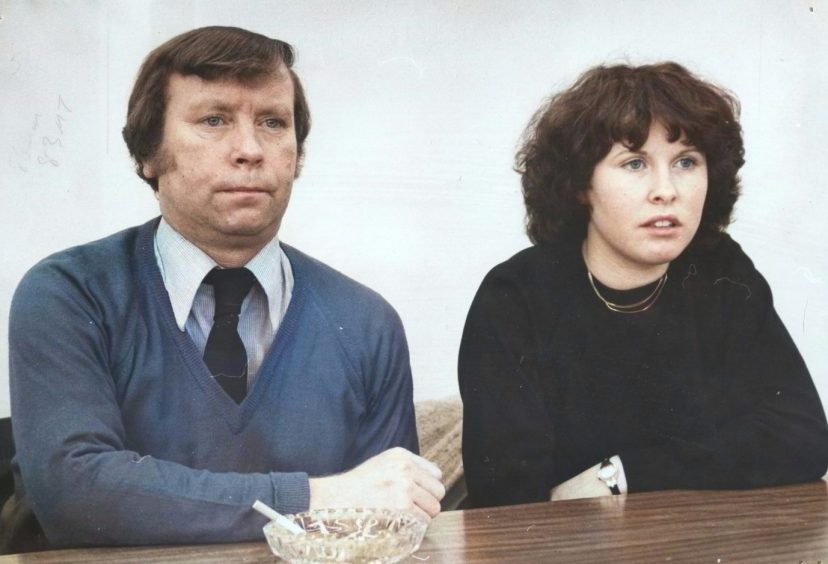
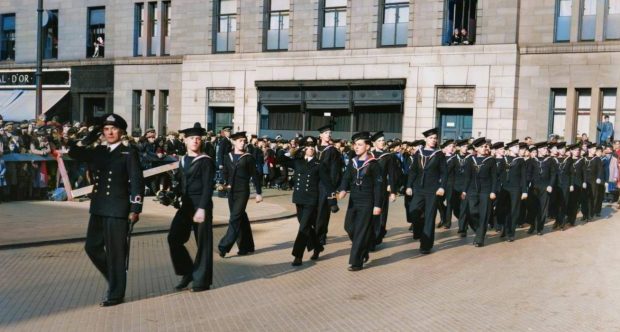
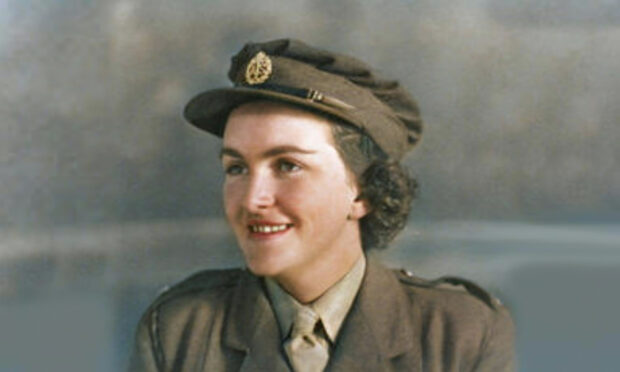


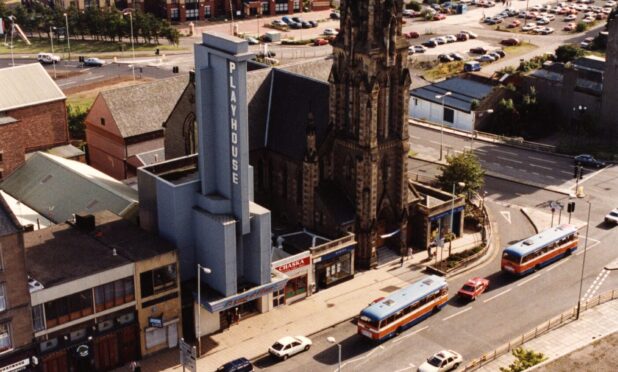
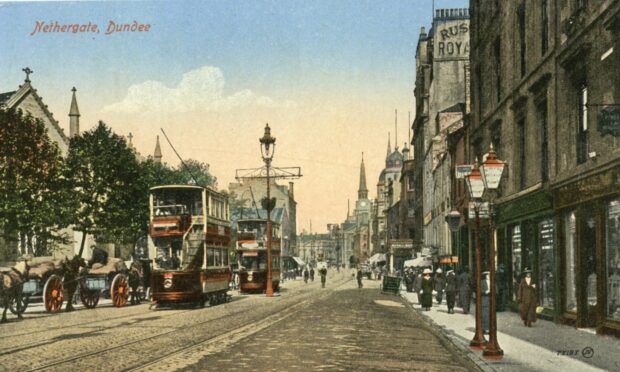
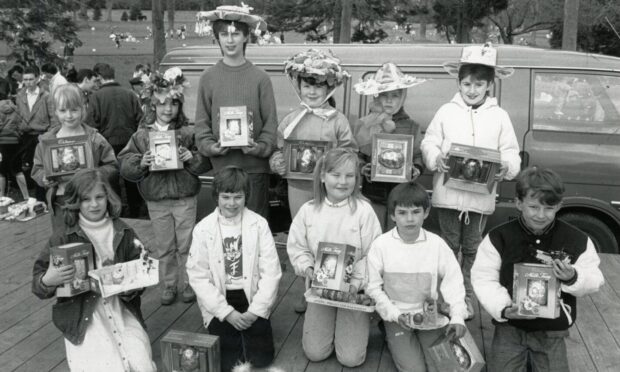

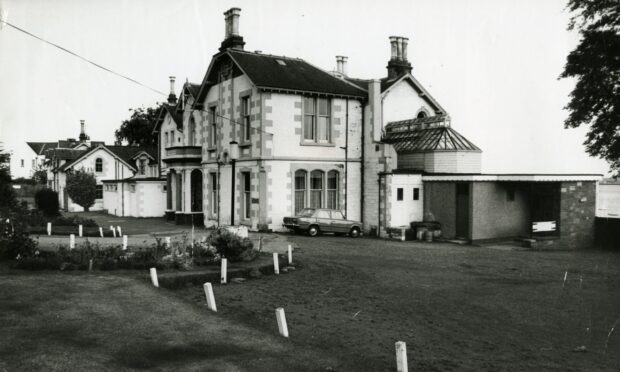
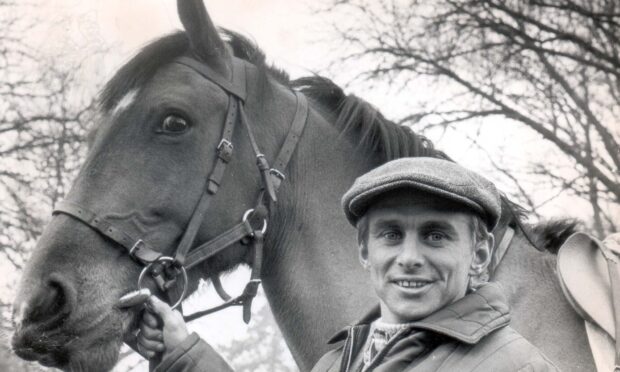
Conversation